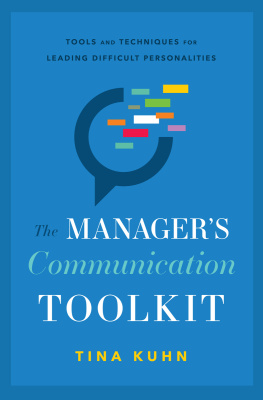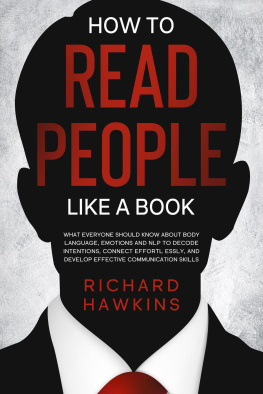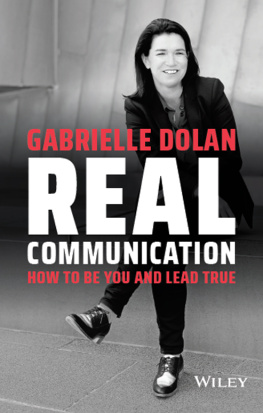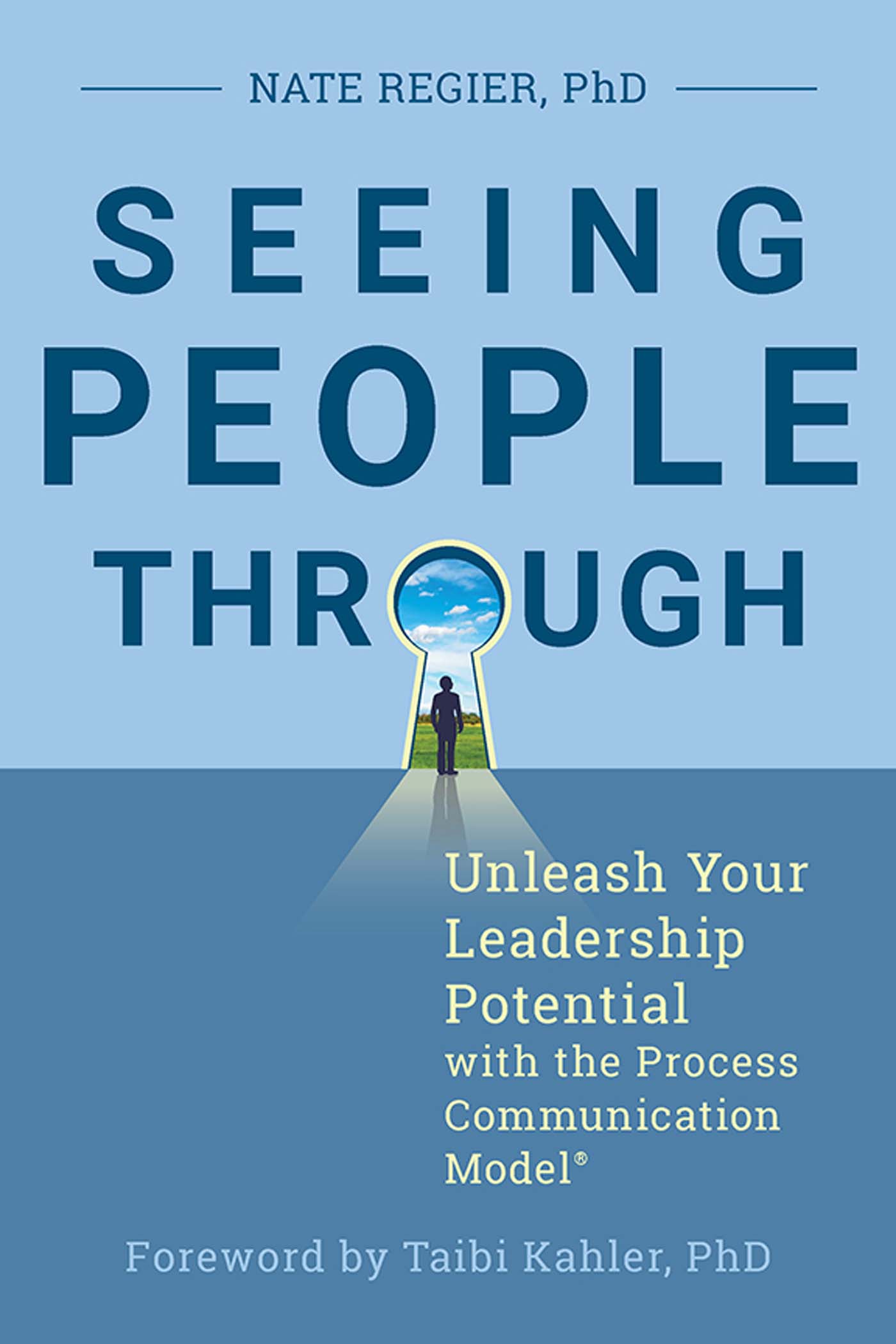Contents
Guide
Page List
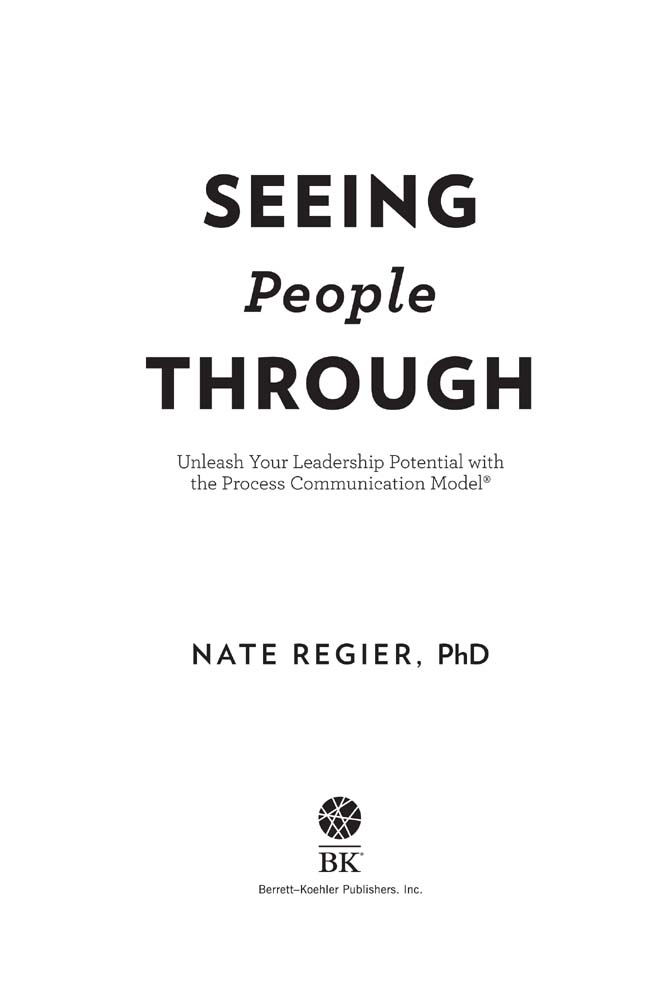
Seeing People Through
Copyright 2020 by Next Element Consulting, LLC
All rights reserved. No part of this publication may be reproduced, distributed, or transmitted in any form or by any means, including photocopying, recording, or other electronic or mechanical methods, without the prior written permission of the publisher, except in the case of brief quotations embodied in critical reviews and certain other noncommercial uses permitted by copyright law. For permission requests, write to the publisher, addressed Attention: Permissions Coordinator, at the address below.

| Berrett-Koehler Publishers, Inc.
1333 Broadway, Suite 1000
Oakland, CA 94612-1921
Tel: (510) 817-2277, Fax: (510) 817-2278
www.bkconnection.com |
Ordering information for print editions
Quantity sales. Special discounts are available on quantity purchases by corporations, associations, and others. For details, contact the Special Sales Department at the Berrett-Koehler address above.
Individual sales. Berrett-Koehler publications are available through most bookstores. They can also be ordered directly from Berrett-Koehler: Tel: (800) 929-2929; Fax: (802) 864-7626; www.bkconnection.com
Orders for college textbook/course adoption use. Please contact Berrett-Koehler: Tel: (800) 929-2929; Fax: (802) 864-7626.
Distributed to the U.S. trade and internationally by Penguin Random House Publisher Services.
Berrett-Koehler and the BK logo are registered trademarks of Berrett-Koehler Publishers, Inc.
First Edition
Paperback print edition ISBN 978-1-5230-8656-6
PDF e-book ISBN 978-1-5230-8657-3
IDPF e-book ISBN 978-1-5230-8658-0
Digital audio ISBN 978-1-5230-8660-3
2020-1
Cover Designer: Jimmy Chan
I am so proud to dedicate this book to Jamie Remsberg. Our team is blessed to be on this journey with you. You embody the message and purpose of this book.
Contents
Foreword by Dr. Taibi Kahler
A NOTE FROM THE ORIGINATOR
I just returned from visiting the man I admire most, Dr. Terry McGuire, former Lead Psychiatrist for Manned Space Flight at NASA (19571994). His supportive and courageous wife Toni recently passed away from a nine-year battle with cancer, and it was important that he and I spend time together. He had always been there for me.
At ninety-one, Terrys mind is marvelously active as ever, reading two to three books a week ranging in topics from the latest research in neuroscience, to trivia and humor. He is the most remarkable person I have ever known and at the same time the humblest. It was more than ten years after we met that I found out Terry had invented the first high-altitude space suit and the external heart defibrillator, both while at NASA.
As I was taking in the many pieces of NASA memorabilia in the roomhis awards, autographed pictures from astronauts, models of jets and shuttlesTerry remarked, I owe a lot to you.
Quizzically, I turned my gaze to him. He continued, I want to thank you again. The heads of NASA thought I was a magical prophet when I was accurate in predicting that of the five flight missions where there was conflict, I had advised them of the possibility, including which astronauts would be involved as well as the dynamics of their conflict. I did it using your Process Communication Model. I felt honored, and thanked him for all he has done at NASAinventions, interactions with the astronauts and their families, contributions to the entire program.
We spoke of many things in those two daysToni, lessons of life, altruism, honor, and the value of humor. Terry creates several cartoons daily, often with witty and poignant aphorisms. Always with a keen insight into human behavior, his observations are well-thought through, as is the case with most highly intelligent people who are also wise.
Taibi, the business of people is communication. Thats why everybody needs to know PCM. I repeated that in my head: the business of people is communication. Hmmm. Business: the trade we are in; that in which a person is principally and seriously concerned; being rightfully concerned about as a service.
I immediately thought of my view of business just as a profession, but Terry was being Terry, speaking in a metaphor. And he was not only effective, but correct. Profoundly correct.
I reflected on the interesting and serendipitous data that we received from our PCM management seminar participants. In addition to scores of 9.4 on a scale of 10 in value to them professionally, 50 percent of all of these business people in those seminars commented at the end in written evaluations how important the information was to them personallywhat a difference it could have made and will make in their lives with children and spouses.
I began to think metaphorically: PCM is the science of communication. PCM is the GPS of relationships. PCM is the MRI of personality structure. I was in a Terry loop, gleeful of the fabric of life that PCM describes.
PCM is the science of communication. PCM is the GPS of relationships. PCM is the MRI of personality structure.
My friend and colleague Dr. Nate Regier describes such PCM fabric in this easy-to-read book, taking us into the intimately personal and business professional lives of the characters. His narrative style invites us into the minds, hearts, and actions of the individuals, allowing us to identify behavior in ourselves and in others. As the characters learn to apply PCM in their daily lives, we realize the value of how to talk and interact more effectively with others in our own lives. And with the turn of each page, have more insight into ourselves. Thanks, Nate!
Introduction
GROUNDHOG DAY
Early in her career as a corporate trainer, Jamie Remsberg, one of my cofounders at Next Element, was in Minnesota delivering back-to-back leadership trainings for a school system. She was training the Process Communication Model (PCM), a behavioral communication model that teaches people how to assess, connect, motivate, and resolve conflict with different personality types. She delivered the same curriculum over and over for multiple groups within the school system. She said it was like Groundhog Day. By the end of the first week, Jamie was exhausted.
Two things about PCM make it difficult to train well. First, it focuses more on how people communicate than what they say, so the behavior of the trainer is being scrutinized all the time. Second, PCM engages learners at a deep level and can bring up a lot of emotion and resistance as people learn about themselves in new ways and recognize increased responsibility for how they communicate. Its hard work for all involved.
PCM is a model for adaptive communication. It is unique in that it teaches people how to recognize and respond effectively to personality-based communication styles simply by observing behavior. A PCM trainer is expected to use these strategies in real time, especially while teaching the material and interacting with learners. This magnifies a dynamic that all trainers experience: that vulnerable moment when your students know enough to assess whether you are walking the talk.




